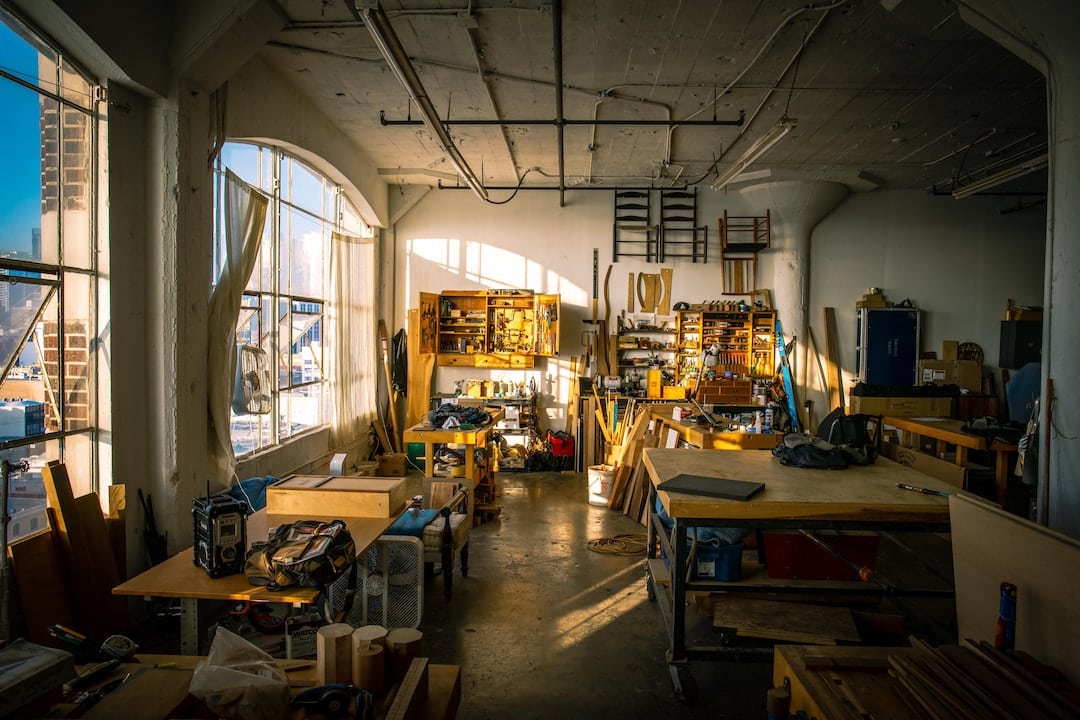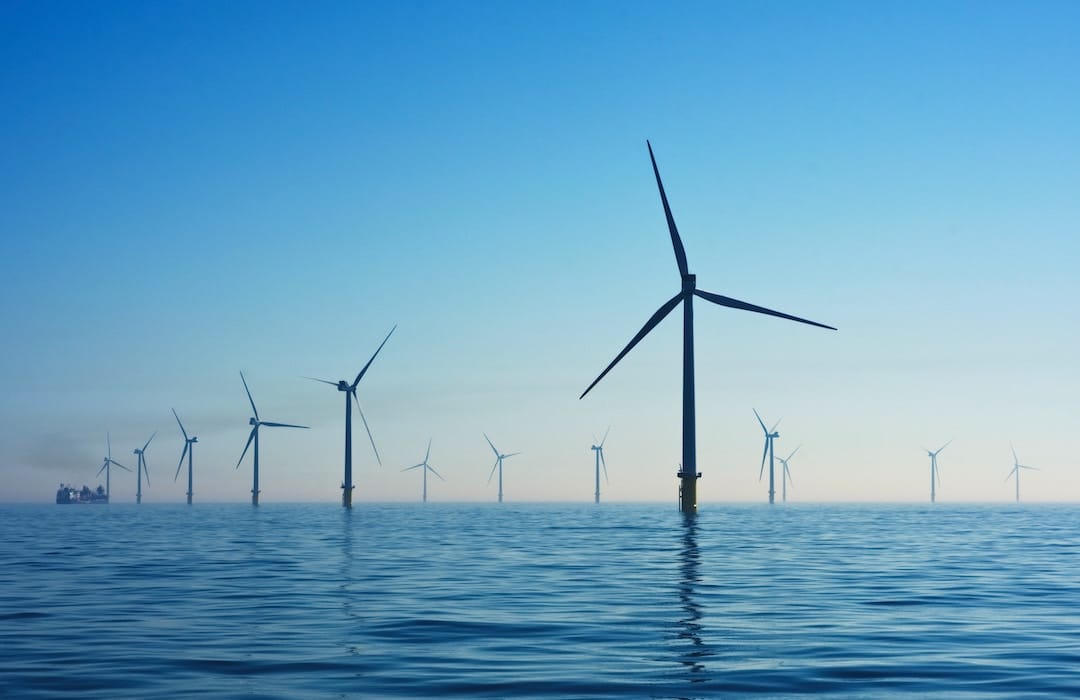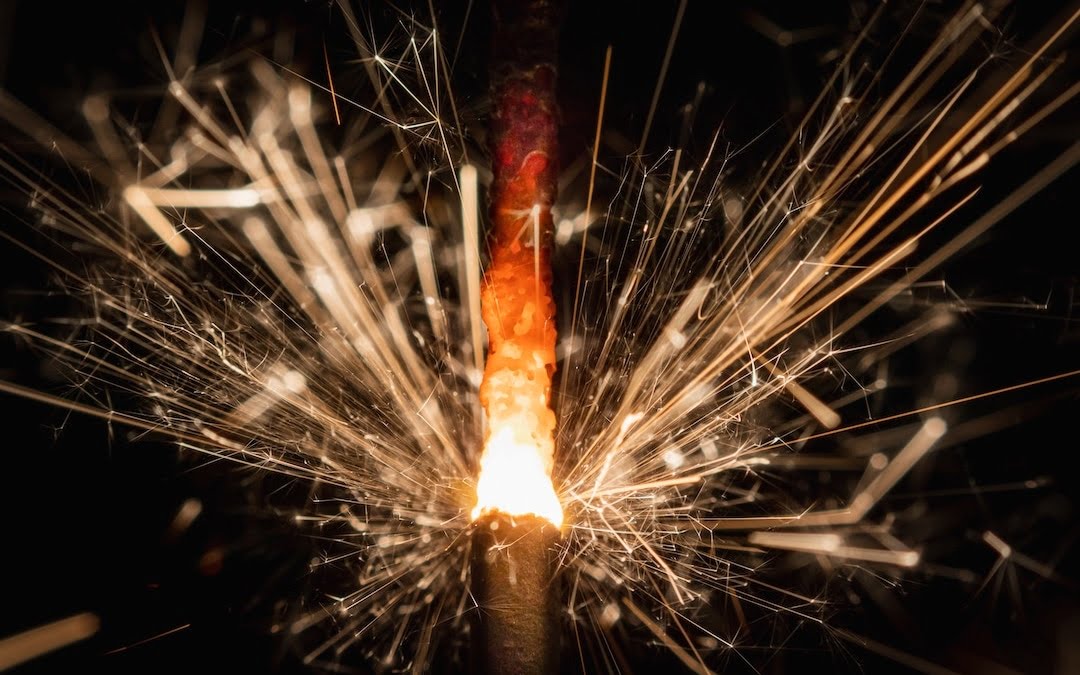The annual Weld Australia survey has revealed the challenges our manufacturing industry faces in the drive for renewable energy.
The 2023 member survey conducted by Weld Australia has exposed a number of factors being tackled by the welding and fabrication industries. This includes labour shortages, rising material costs, and labour costs, all of which are limiting the growth capabilities of this vital industry.
Respondents are calling for support from the Federal government in order to ensure that renewable energy dreams can become a reality. Without intervention, it is looking less and less possible that Australia will have the infrastructure to meet their target emission levels.

Results
Weld Australia, the representative body for welding professionals all over the country, recently completed their survey of over 130 companies. When asked what their main concern was, 45 percent of respondents pointed to labour shortages.
Currently, 50 percent of all welding workshops are operating below 80 percent capacity. This is primarily due to a lack of skilled workers, and a decreasing intake of new employees.
The CEO of Weld Australia, Geoff Crittenden, says “Australian fabrication companies are so strapped for skilled welders that they are operating well below capacity. They are being forced to turn down jobs because they simply don’t have the manpower to complete the work.”
This reality is forcing many companies to rethink their day-to-day workload. But what implications does this have? And how is it impacting Australia’s desire for renewable energy?

Implications
In order to reach the target 43 percent emissions reductions legislated by the Federal government, significant infrastructure is required. This includes over 11,000 wind towers, with 500 tonnes of plate steel per tower.
“All this renewable energy infrastructure will require a veritable army of skilled workers, including welders,” says Crittenden.
“Australia will have a shortfall of at least 70,000 welders by 2030.”
Without support from governments and other bodies, the welding industry will not have the manpower to undertake such a big task. And this has left many concerned about reaching the vital goal of a greener planet.
According to Crittenden, “without funding and support from governments at all levels, these challenges will make it nearly impossible for industry to deliver the necessary manufacturing capability required for a renewable energy revolution.”
Australia’s welding industry is also concerned about the rising price of labour and materials. 50 percent of respondents believe these costs are limiting the growth of their businesses, and 82 percent are expecting these material prices to continue rising. Without the workforce to undertake jobs, companies don’t have the money to continue purchasing these increasingly expensive materials.
Across the country, welders are calling for investment. Supporting fabrication and steelmaking workers has never been more important for ensuring our future. But it’s not all bad news.

A silver lining
While welders are facing difficult conditions, Weld Australia’s survey did reveal some positive changes as well. To compensate for the current labour shortage, 60 percent of companies are training or upskilling their existing staff. Equally, 55 percent are increasing their wages to encourage greater participation.
To find additional workers, many companies are also investing in TAFE, either supporting fees for apprentices or providing funding to improve TAFE facilities.
While the welding industry may not have numbers on their side, they are still doing what they can to promote sustainability. 50 percent of respondents have introduced a net zero carbon plan, and 78 percent are installing waste reduction programs. This is a significant increase from only 46 percent in 2022.
Clearly, Aussie industries are doing their part to promote sustainability and ensure a green future. With support from governments and bodies across the country, there’s no telling how much progress can be made toward the target emissions reductions. However, in order to ensure this environmental change, welders need greater assistance. And it has to start now.
To discover other innovative ways the welding industry is tackling their labour shortage, click here.

